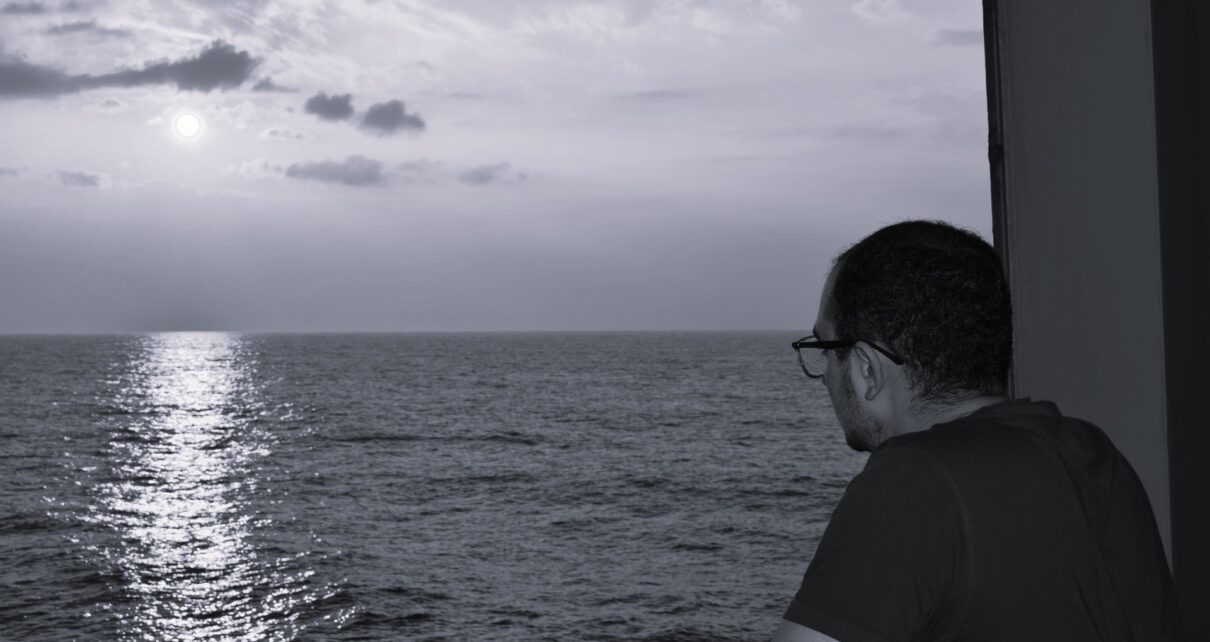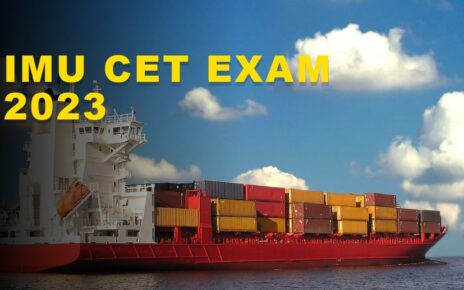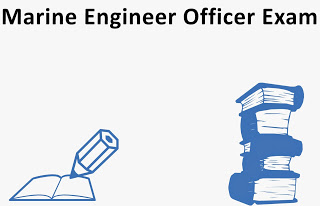How Many Seafarers Are Lost at Sea Every Year?
Seafaring is one of the oldest and most essential occupations in the world, but also one of the most dangerous. According to various sources, hundreds of seafarers lose their lives or go missing at sea every year due to accidents, piracy, extreme weather, or other causes. In this blog post, we will look at some statistics and facts about seafarer fatalities and the challenges faced by the maritime industry to improve safety and welfare for its workers.
Seafarer Casualties Worldwide-Seafarers Are Lost?
One of the sources that provides data on seafarer casualties worldwide is Statista, a German online portal for statistics and market research. According to Statista, the year 2015 was the most tragic year in terms of seafarer losses in the observed period. In 2015, it was reported that 165 seafarers were killed and 125 went missing. Although seafarer casualties declined in the following years, they rose again in 2019 when 112 seafarers were reported killed and 116 missing.
Another source that publishes an annual report on the state of maritime safety is IHS Markit, a British information provider and consultancy firm. According to IHS Markit, most seafarer fatalities have been at sea (310 reported incidents between 2015 and 2019), followed by port (67 incidents), shipyard (15 incidents), and other locations (8 incidents). The main causes of death at sea were found to be sinking/capsizing (113 incidents), fire/explosion (64 incidents), collision/grounding (40 incidents), and piracy/armed robbery (28 incidents) .
Factors Affecting Seafarer Safety
There are many factors that can affect the safety and well-being of seafarers, such as human error, technical failure, environmental hazards, regulatory compliance, organizational culture, mental health, and social isolation. Some of these factors are interrelated and can have a cumulative effect on the risk of accidents or fatalities.
For example, human error is often cited as a major contributor to maritime accidents, but it can also be influenced by other factors such as fatigue, stress, lack of training, poor communication, or inadequate leadership. Similarly, technical failure can result from poor maintenance, design flaws, or outdated equipment, but it can also be exacerbated by human error or environmental conditions.
Environmental hazards such as extreme weather, rough seas, or ice can pose serious threats to the stability and integrity of ships and their crew. Climate change is expected to increase the frequency and intensity of such hazards in the future, making navigation more challenging and unpredictable. Moreover, environmental hazards can also affect the availability and accuracy of meteorological data and forecasts, which are essential for safe voyage planning and decision making.
Regulatory compliance is another important factor that can affect seafarer safety. There are various international conventions, codes, standards, and guidelines that aim to ensure the safety of life at sea, such as the International Convention for the Safety of Life at Sea (SOLAS), the International Convention on Standards of Training, Certification and Watchkeeping for Seafarers (STCW), or the International Safety Management (ISM) Code. However, compliance with these regulations can vary depending on the flag state, port state, classification society, ship operator, or crew nationality. Furthermore, some regulations may be outdated or insufficient to address emerging issues or challenges in the maritime industry.
Organizational culture is another factor that can have a significant impact on seafarer safety. Organizational culture refers to the shared values, beliefs, norms, and practices that shape the behavior and performance of an organization and its members. A positive organizational culture can foster a strong safety culture that promotes awareness, responsibility, accountability, learning, and improvement. A negative organizational culture can undermine a safety culture by creating a climate of fear, blame, complacency.



